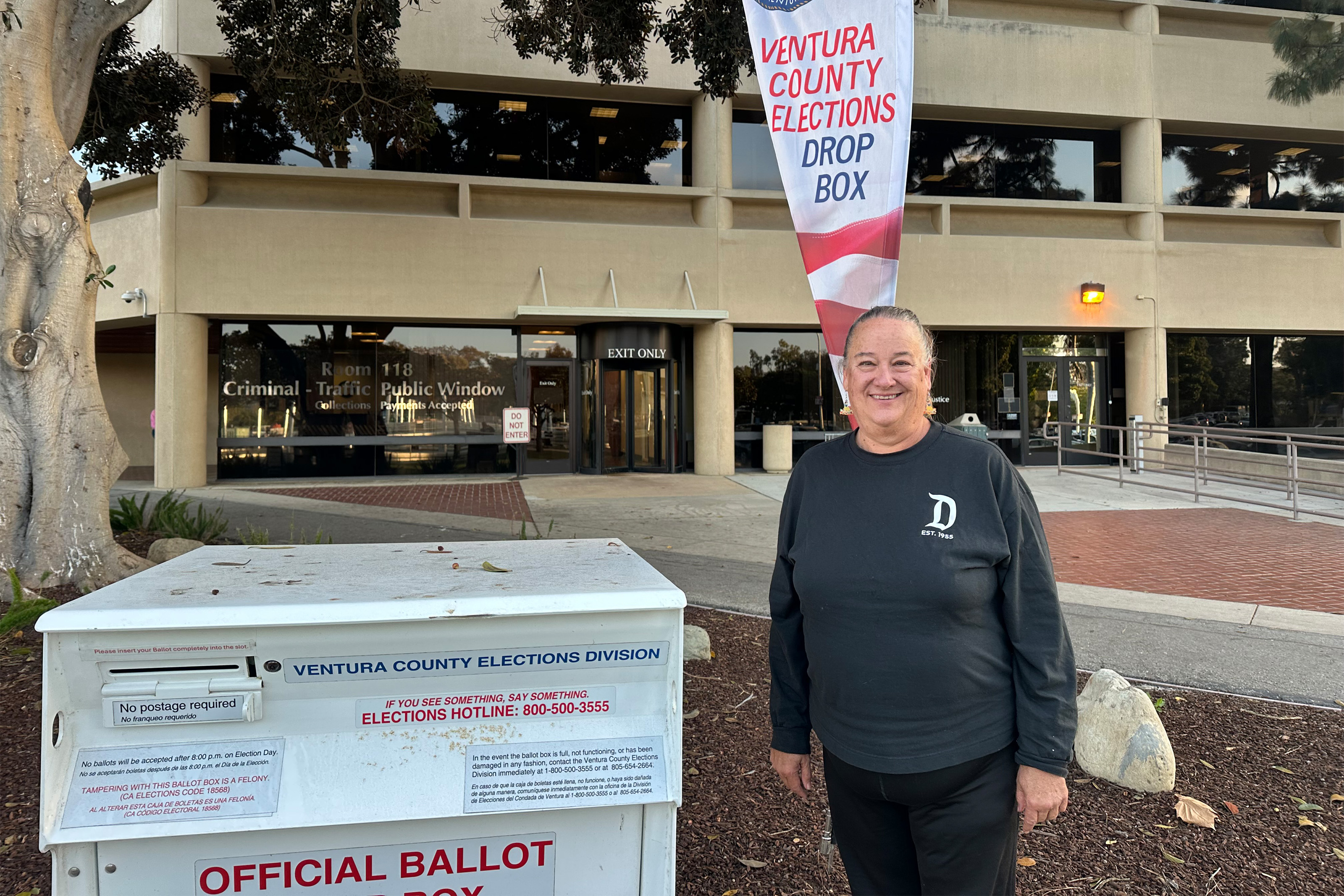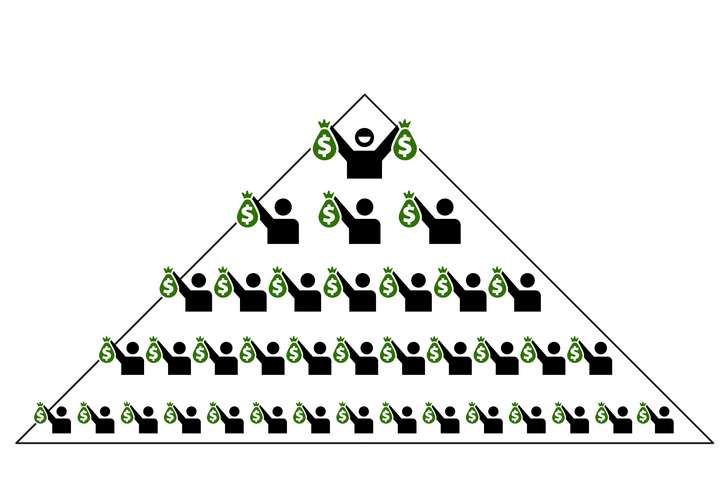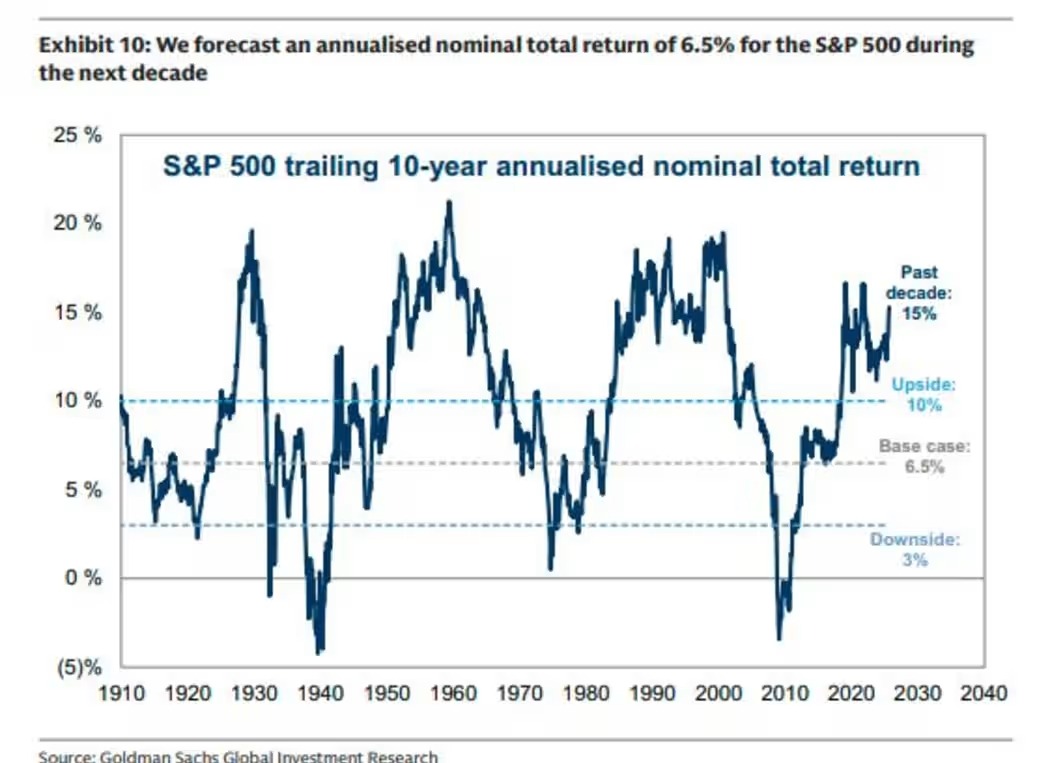If Congress doesn’t extend enhanced Marketplace subsidies that have been helping make coverage more affordable since 2021, hundreds of thousands of Marketplace enrollees with household incomes over 400% of the federal poverty level will face the return of the so-called “subsidy cliff. due to subsidies ending abruptly if household income exceeds 400% of FPL.
The impact of the “subsidy cliff” would cause dramatic increases in health insurance premium expenditures. Particularly hard hit would be enrollees in their 50s and 60s, who – without subsidies – could well face premiums that consume half or more of their income. (Premiums are age-based; without subsidies, a person who is 52 will pay about twice as much as a person who is 21, and a person who is 64 will pay three times as much as a person who is 21).
Here’s what the impact might look like if the “subsidy cliff” returns:
Many older Marketplace buyers face drastic premium hikes
If the “subsidy cliff” returns to the health insurance Marketplace in 2026, a 63-year-old couple in Charleston, West Virginia, earning $85,000/year, will pay more than 15 times as much for the lowest-cost Gold plan, compared with what they paid in 2025.
In 2025, they pay about $300/month for the lowest-cost Gold plan, and they even have access to a zero-premium Bronze plan.
But if Congress doesn’t extend the subsidy enhancements that have been keeping coverage more affordable since 2021, this couple will lose their subsidy altogether.
The Gold plan that currently costs them $300/month will cost an estimated $4,713/month in 2026.
And the Bronze plan they can currently get for $0/month will cost an estimated $3,817/month.
If they keep the Gold plan, they’ll be spending two-thirds of their household income on health insurance.
And even the lowest premium Bronze plan – which they could get with no premium at all in 2025 – will cost more than half of their household income.
‘Subsidy cliff’ affects households with incomes above 400% of federal poverty level
That’s because $85,000 for a household of two is 402% of the 2025 federal poverty level (FPL). And the ACA has a so-called “cliff” where Marketplace subsidy eligibility ends abruptly if an enrollee’s household income is more than 400% of the previous year’s FPL. That’s how it worked from 2014 through 2020, when subsidies weren’t available to these enrollees, regardless of how expensive their coverage was.
The subsidy eligibility income limit was temporarily lifted from 2021 through 2025, due to the American Rescue Plan (ARP) and Inflation Reduction Act (IRA). But it will come back in 2026 unless the ARP/IRA subsidy enhancements are extended by Congress. .
American Rescue Plan and Inflation Reduction Act temporarily eliminate ‘subsidy cliff’
Section 9661 of the ARP capped Marketplace health insurance premiums (for the benchmark Silver plan) at no more than 8.5% of household income.
The 8.5% cap applies to people with household incomes of 400% of the federal poverty level or higher. For people with lower incomes, the percentage of income that has to be paid for the benchmark premium has been reduced across the board. These subsidy enhancements were initially applicable for 2021 and 2022, but the Inflation Reduction Act extended them through 2025.
If your household income is more than 400% of FPL and the benchmark plan’s premium would already be no more than 8.5% of your income, you won’t qualify for a premium subsidy (meaning, the ARP/IRA didn’t change anything about your situation). This is more likely to be the case for younger enrollees in areas of the country where health insurance is less costly than average.
But if the full-price cost of the benchmark plan would be more than 8.5% of your income, you’ve been eligible for a premium subsidy between 2021 and 2025. (This assumes you meet the rest of the eligibility requirements, meaning that you’re lawfully present in the U.S. and not eligible for Medicaid, premium-free Medicare Part A, or employer-sponsored coverage that’s considered affordable and provides minimum value).
So for some people, especially older enrollees in areas of the country where health insurance is particularly costly, even those with income well above 400% of FPL are receiving some sort of subsidy. But if Congress doesn’t extend the ARP subsidy enhancement provisions again, people who earn more than 400% of FPL will no longer qualify for a subsidy in 2026 – no matter how expensive their health insurance will be.
Why it’s called a ‘cliff’
If the “subsidy cliff” returns, a few hundred dollars in extra annual income could translate to the loss of thousands of dollars per month in subsidies, if it pushes you over the 400% FPL threshold. And as we illustrated above, some enrollees will find that even the most inexpensive health plan will have premiums that amount to more than half their annual income. For most households, that’s simply unaffordable.
It’s called a cliff because there’s a sharp and sudden spike in health insurance premiums when subsidies end abruptly at 400% of FPL. From 2021 through 2025, subsidies have instead phased out slowly as income increased. But that will no longer be the case in 2026 if subsidies go back to only being available to enrollees with household income up to 400% of FPL.
Let’s take another look at the 63-year-old West Virginia couple described above, but let’s assume their income in 2026 will be $84,500, instead of $85,000. That puts them just over 399% of the 2025 FPL, meaning they will still qualify for a premium subsidy in 2026.
In that case, their after-subsidy premiums for the benchmark Silver plan will be capped at a little less than 10% of their household income. That will mean the benchmark plan will cost them a little more than $700/month in 2026. They’ll be able to apply their subsidy to any metal-level plan, meaning they’ll be able to get the lowest-cost Bronze or Gold plan for even lower premiums.
But if their income goes above $84,600 (400% of the 2025 FPL), they will lose their subsidy altogether if Congress doesn’t extend the subsidy enhancements.
Areas with higher average premiums will be hit hardest by the ‘cliff’
We used West Virginia as the example here because individual/family health insurance premiums in West Virginia are much higher than the national average.
So let’s also consider Idaho, where 2025 premiums are much lower than the national average. We’ll assume we have the same 63-year-old couple, earning $85,000, but now they live in Boise instead of Charleston.
In 2025, the lowest-cost Bronze plan costs them less than $2/month after subsidies. In 2026, that plan will cost them $1,527/month if the “subsidy cliff” is allowed to return.
In 2025, the lowest-cost Gold plan costs $712/month. That will jump to $2,354/month in 2026 if the “subsidy cliff” comes back.
While these amounts aren’t as extreme as the West Virginia example (because health insurance is lower in Idaho), this couple will still have to pay more than a fifth of their household income for the lowest-cost plan, if the “subsidy cliff” is allowed to return.
Louise Norris is an individual health insurance broker who has been writing about health insurance and health reform since 2006. She has written hundreds of opinions and educational pieces about the Affordable Care Act for healthinsurance.org.





























